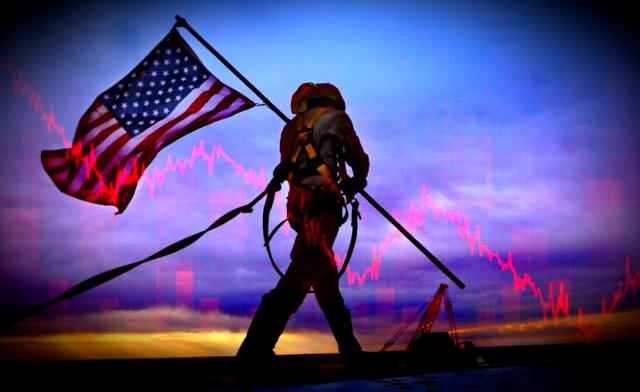
By the end of May, 18 E&P companies had declared bankruptcy this year. (Source: Hart Energy; Shutterstock.com)
U.S. shale companies could be forced to write down $300 billion of their assets this year, starting in the second quarter, as operators begin to account for the oil-price collapse on their balance sheets, according to a new study.
The huge impairments—about half the net value of the companies’ property, plant and equipment—would increase the sector’s leverage from 40% to 54%, triggering insolvencies and restructuring, says the study by Deloitte, an accountancy.
“As COVID-19 impacts amplify pressures on shale companies through 2020, a wave of impairments may prompt the deepest consolidation the industry has ever seen over the next six to 12 months,” said Duane Dickson, vice-chairman of Deloitte’s U.S. oil and gas business.
The writedowns, based on an oil price of $35/bbl, would be another blow to a sector that has been hammered by the worst oil-price crash in decades. U.S. crude output has plummeted as operators shut wells, idle rigs and sack oilfield workers.
Rystad Energy, a consultancy, calculated that shale producers’ impairments in the first quarter were about $38 billion.
By the end of May, 18 E&P companies had declared bankruptcy this year, according to Haynes and Boone, a law firm. Denver-based Extraction Oil & Gas Inc. recently joined the list. Chesapeake Energy Corp., an early shale pioneer, is likely to follow soon.
At a U.S. oil price of $35/bbl, almost a third of shale producers are insolvent, reckons Deloitte—unable to meet longer-term liabilities from free cash flow.
The U.S. oil benchmark was trading at about $40 on June 19, but has averaged less than $27 this quarter. In April, it briefly traded below zero, sending shockwaves through a shale patch that, on average, needs about $45 to turn a profit.
Consolidation is likely. But Deloitte thinks only 27% of shale companies would offer enough value for buyers. And only large independents or supermajors such as Chevron Corp. and Exxon Mobil Corp. still have the financial strength to make acquisitions.
RELATED:
Report: Supermajors Unlikely Acquirers of Distressed E&Ps
The sector’s vulnerability stems from the fast rate at which shale production declines, meaning new wells must constantly be drilled to replace fast-falling output at other ones.
“You’re on a capital treadmill just to maintain your production and that treadmill moves very fast,” said Scott Sanderson, a principal in Deloitte’s Houston office.
Soaring output in recent years depended on Wall Street’s willingness to keep funding that treadmill with new capital.
“The boom in fracking was largely financed by debt,” said Mohsin Meghji, head of M-III Partners, a restructuring adviser working with some bankrupt shale producers.
But investors have now soured on shale. Wall Street is unlikely to fund a new recovery or pay for the consolidation analysts say the sector needs.
“There was a sense that capital markets were going to dry up,” even before the crash, said Sanderson said. “Now the window is completely closed.”
Recommended Reading
Iraq to Seek Bids for Oil, Gas Contracts April 27
2024-04-18 - Iraq will auction 30 new oil and gas projects in two licensing rounds distributed across the country.
US Raises Crude Production Growth Forecast for 2024
2024-03-12 - U.S. crude oil production will rise by 260,000 bbl/d to 13.19 MMbbl/d this year, the EIA said in its Short-Term Energy Outlook.
Exxon Versus Chevron: The Fight for Hess’ 30% Guyana Interest
2024-03-04 - Chevron's plan to buy Hess Corp. and assume a 30% foothold in Guyana has been complicated by Exxon Mobil and CNOOC's claims that they have the right of first refusal for the interest.
Petrobras to Step Up Exploration with $7.5B in Capex, CEO Says
2024-03-26 - Petrobras CEO Jean Paul Prates said the company is considering exploration opportunities from the Equatorial margin of South America to West Africa.
The OGInterview: How do Woodside's Growth Projects Fit into its Portfolio?
2024-04-01 - Woodside Energy CEO Meg O'Neill discusses the company's current growth projects across the globe and the impact they will have on the company's future with Hart Energy's Pietro Pitts.



